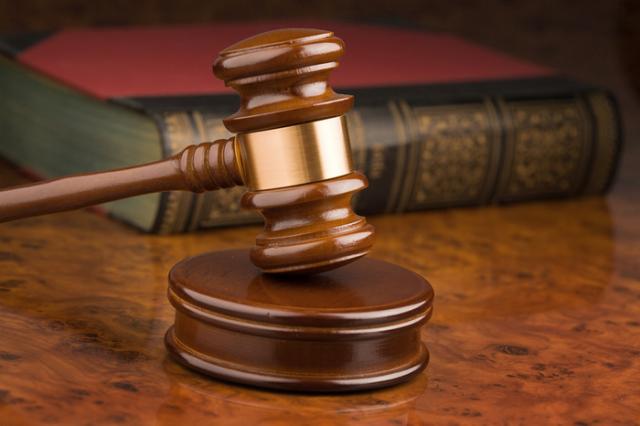A Chapter 13 bankruptcy is quite complicated and should be filed with an attorney. In a Chapter 13 Bankruptcy, a debtor is able to reorganize his/her debt and catch up on payments that may have fallen behind, such as a house payment. Unlike Chapter 7, in a Chapter 13, a Second Deed of Trust on real property may be determined to be unsecured and eventually removed if the debtor can prove to the Court that what is owed on the First Deed of Trust is more than the current fair market value of the real property.
A Chapter 13 bankruptcy is also designed for debtors with regular income who would like to pay all or part of their debts in installments over a period of time. Pursuant to 11 U.S.C. §109(e), in order for a debtor to be eligible for a Chapter 13, on the date of the filing of the petition, noncontingent, liquidated, unsecured debts must be less than $383,175 and noncontingent, liquidated, secured debts must be less than $1,149,525.
In a Chapter 13, a debtor files a plan for approval with the court. The debtor will usually make monthly payments for a period between 3 and 5 years to a court appointed trustee who distributes the proceeds to the creditors. The amount of the payment is based on the amount of the debtor’s income and debts. The present value of the plan must exceed the amount unsecured creditors would receive in a Chapter 7 liquidation.
When the debtor presents a plan for repayment, it is reviewed by the Chapter 13 Trustee, the creditors, and the Bankruptcy Court. The plan must provide creditors with an amount at least equal to what they would receive under a Chapter 7 filing, and must be feasible based on the debtor's income. If the plan is approved, the debtor makes payments to the Trustee, who then pays the creditors.
Approximately 5-8 weeks after the bankruptcy petition is filed with the Court, a 341 (a) Meeting of Creditors will be held. At the meeting, the Trustee will ask the debtor questions about the debtor’s financial affairs and accuracy of the petition and schedules. The Trustee will also address any issues he may have with the proposed plan. Creditors have the right to be present and ask questions regarding assets and liabilities; however, it is rare when creditors do appear at the meetings. After the meeting is concluded, the confirmation hearing will take place thereafter.
After completing the payments under the plan, the debts are generally discharged except for domestic support obligations, most student loans, certain taxes, most criminal fines, criminal restitution obligations, certain debts which were not properly listed in the bankruptcy schedules, certain debts for acts that caused death or personal injury, and certain long term secured obligations.
Cost
The court filing fee for a Chapter 13 case is $310 (this fee changes
periodically). The attorney fees for a
Chapter 13 case depend on complexity of each case. Generally, a portion of the fee is paid
before the filing of the Chapter 13 bankruptcy, and the balance of the attorney
fee is paid through the Chapter 13 plan. During your free consultation you will
be quoted an exact fee.
Disadvantages
(1) Debtors remain under court supervision for the life of the plan (up to five
years), and are forbidden to make new debts or sell assets without court
permission.
(2) Debtors who propose less than full payment to unsecured creditors will be forced to live on a budget for the life of the plan and may have to pay all excess income to the creditors (including tax refunds).
(3) If the debtor doesn’t complete the plan payments, then any creditor may petition to have the court convert the case to a Chapter 7 liquidation.
